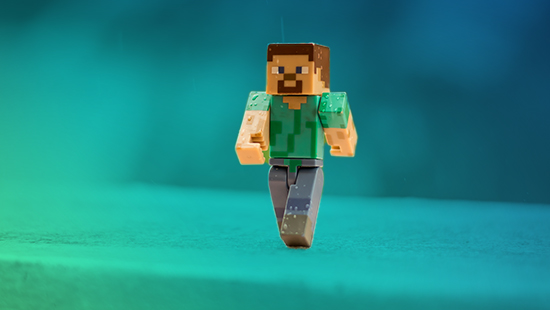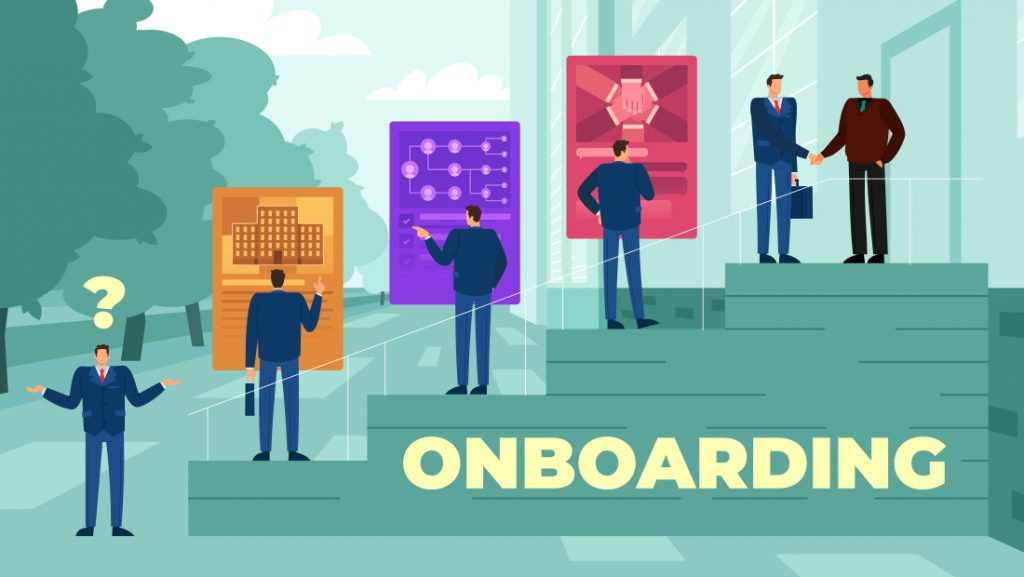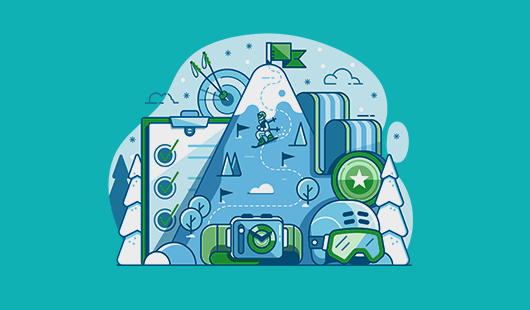Can a game help when traditional learning does not work, and the stakes run deep?
Dr Stephen Enders, Director – Subsurface Frontiers at Colorado School of Mines, thinks it can.
He talks of a time when he was working for one of the world’s largest mining companies. They were facing a serious challenge of increasing the “reserve replacement rate through exploration”. Against the annual goal of 10 million ounces, they were barely achieving 4 million.
There was a desperate need to think differently. That’s when business simulation, in the form of a game, entered the frame. The non-negotiable goal: 10 million ounces solely from early-stage exploration, from scratch! Play!
One hour of simulation was equivalent to one year of working. On the first day, they took three hours to drill the first exploration hole and five hours to report the first reserve.
They changed their thinking. Game or not, they were determined to win. They organized themselves differently. The best people were put in charge of technologies.
The transformation was dramatic. The first hole was achieved in 15 minutes, and the ounces doubled in half the time.
Mining (or oil drilling) has long cycle times and almost no chance to learn through failure. Your enterprise may not belong to either category. Yet, if a gargantuan industry can gain from a gamification approach, why miss out on the advantage?
Did Mary know it?
“In every job that must be done
There is an element of fun
You find the fun and snap!
The job’s a game
And every task you undertake
Becomes a piece of cake.”
When Mary Poppins, the eponymous character in the 1964 American musical sang this, was she by any chance referring to gamification? Is gamification the spoonful of sugar that makes the bitter medicine of learning go down “in the most delightful way”?
For Dr Stephen Enders and team, it was neither medicine nor sugar but a desperate burst at survival. Most modern learning professionals would agree that the idea is not to sugarcoat but to make the learning more challenging and engaging. It is an integral ingredient of the medicine.
In his book, Gamify: How Gamification Motivates People to Do Extraordinary Things, author Brian Burke quotes Jesse Schell, a professor of entertainment technology at Carnegie Mellon University. Burke writes, “Schell compares gamification to chocolate coatings on things that are not sweets, like cottage cheese and staplers. While chocolate makes some things better, the effect is not universal. He jokingly calls adding chocolate to everything ‘chocification’.”
In their report, Gamification 2020: What Is the Future of Gamification?, Gartner Research says: “Gamification is a tool to design behaviors, develop skills, and enable innovation. Combined with other technologies and trends, gamification can cause major discontinuities in innovation, employee performance management, education, personal development, and customer engagement.” Neither sugar nor medicine here. Just productive disruption!
No one could have foreseen the state of the pandemic-stricken world in 2020. Yet the relevance of gamification as an effective approach to learning has only increased.
Siemens and Plantville
Yu-kai Chou cites the example of productive enterprise gamification by Siemens.
Siemens harnessed the huge appeal of games like FarmVille and CityVille and came up with their own Plantville.
According to Yu-kai Chou, “when players first join the service through a Facebook registration process, they immediately have access to three aspects of PlantVille: the PlantVille Game where users manage a bottling, vitamin, or manufacturing plant; the PlantVille Café where Siemens can engage with players to learn new manufacturing solutions; and the PlantVille Puzzler where users can test their knowledge through quizzes.” Players also get to try their hand at being a plant manager “who must make key decisions on a variety of issues ranging from energy efficiency, personnel management, and investments in new technology.”
So, what’s in it for Siemens? Yu-kai Chou quotes the then CEO of Siemens, Daryl Dulaney, who imagined that the game would appeal to high school and college students and hoped to “not only market Siemen’s brand but to also educate students and professionals alike of key performance indicators of the manufacturing process.”
PepsiCo and Six Sigma
Marco Rodriguez Tapia, the Master Black Belt of PepsiCo’s Lean Six Sigma training program, faced a challenge when the pandemic forced him to shift his training online. Without opportunities to practice the lessons in real-life situations, the virtual experiment was failing.
The solution came from Tapia’s 11-year-old son, Alexander, and Minecraft, the game they loved to play together.
Soon, “Alexander had built a prototype of a simulated PepsiCo plant where trainees could practice problem-solving and complete productivity challenges while building simulated pallets using virtual LEGO-style bricks.” Experts developed this further and tested it thoroughly before it was rolled out in multiple languages across the organization.
The whole experience was built around Lean Six Sigma learning principles, and the engagement occurred through the game itself, ‘with trainees tackling challenges and competing against other teams who are trying to build their pallets faster and with fewer errors’.
It was a rather unusual approach to gamification. As James Delaney, founder of Blockworks, a Minecraft custom developer, put it, “It’s not about points and leaderboards. It’s about overcoming struggles as a team”.
Productive fun, no child’s play
In mining or in running a manufacturing plant, gamification can be great fun, but it is not child’s play. No offence, Mary, but you might have oversimplified it a wee bit! We are talking of medicines for serious business impact here.
Not surprisingly, for nearly half the companies in Brandon Hall Group’s Learning Strategy Study, exploring gamification was either an important or critical priority for helping the business achieve its goals.
Which level are you on?



















